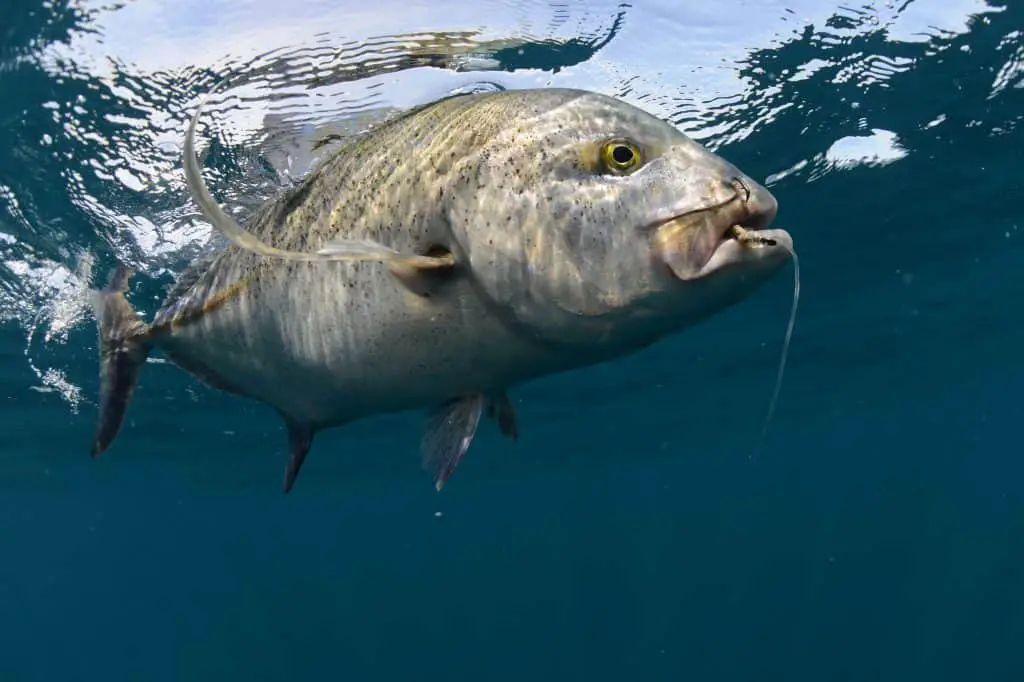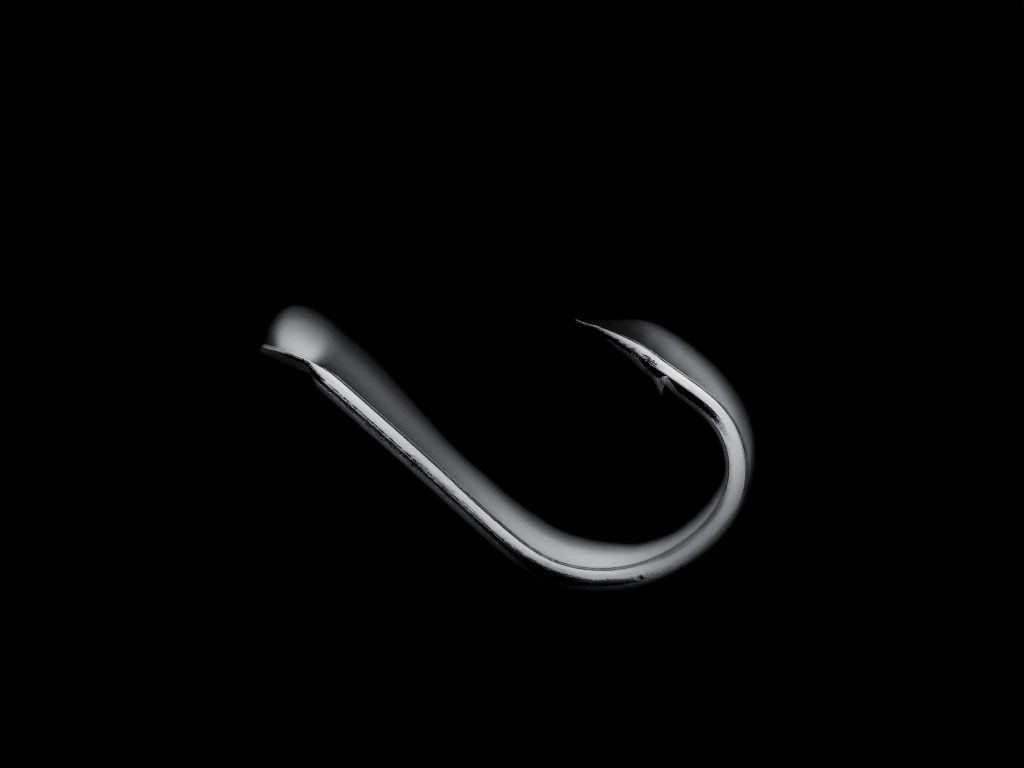There will be days when fishing gets extremely tough, so much so that you can swear to do anything just to make it happen. But how far can you go that is still acceptable?
I believe we can agree to the reality that fishing is not always an easy hobby, especially when fishes seem allergic to the bait. This does not discourage us though, of course. While some learn to extend their patience, there are undeniably others who try to play around with other approaches to desperately achieve their desired goal. This is where snagging fish comes into the picture. For those who have heard about and practice it, questions like what is snagging fish and why is it illegal may have already been answered.
For those who are new to the jargon, on the other hand, such queries about snagging fish are still yet to be addressed. Regardless of where you identify, I am confident that you will be able to pick up an idea or two at the end of this article.

Background About Snagging Fish
Learning about this fishing technique begins with understanding its background. That is why I incorporated a brief overview of snagging in the following paragraphs to ease you in this learning experience.
What is snagging fish?
Snagging also called snatching, snatch fishing, snag fishing, jagging, and foul-hooking is a method of fishing where fishes are caught using hooks without them having to willingly take the bait with their mouth. This means that fishes are pierced in any part of their body rather than being customarily hooked in their mouths.
Some people associate this practice to fish rape as fishes do not give consent, which is only considered to happen when they voluntarily take the bait. Meanwhile, one primary reason behind snagging fish is the fact that several species are not attracted to lures since they eat planktons. Paddlefish is an example of this type of fishes, which explains why they are often prone to snagging.
How does snagging fish work?
This technique is easier to perform in clear bodies of water where the movement and shadow of the targets are visible. If you are curious about how snagging works, you can surf the net for videos about snagging fish (see below for an example) or read on these steps, which I hope can paint a picture for you.
The first things snaggers do is blindly casting their hook into the water and waiting until a fish is sighted. Once they have set their eyes on the target, they reel in the hook to place it below the fish. Then, in one swift motion, they yank on the line to snag the target before retrieving the reel in.
Many snaggers employ a weighted hook and multiple lures and baits to better their chances of success. Others also make use of colored yarns or beads in the hook to easily align the hook to the target.
The Legality of Snagging Fish
While snagging fish might have its own appeal for some in making fishing more convenient, it is frowned upon by the majority of anglers. Not only that, but there are also legal measures that have been taken that pronounced it illegal.
Why is snagging fish illegal?
According to a news report posted on Columbia Gorge News, one major justification as to why this fishing method is illegal lies in its adverse repercussions on the population of fishes.
For one, overfishing and abuse of marine sources are likely to be expected, considering that fishing can be achieved quickly and that most species become vulnerable to getting hooked anywhere. Whatever you may thing about it, snagging is certainly not a sustainable fishing method.
Secondly, fishes that escape or are freed after being snagged will be confronted not only with flesh wounds but also stress, which can result in their death. Most alarmingly, a fish can be deprived of oxygen and, ultimately, die once it is caught near its tail and hauled backward.
Another reason for the unlawfulness of snagging goes back to the purpose of fishing as a sport. As a fisher, I condemn the practice of this illegal technique as it does not show sportsmanship and defeats the principle of a fair chance. Moreover, I value this sport because it empowers me to overcome challenges by enhancing my skills with responsibility and fairness, and snagging fish violates exactly that.
Where is snagging fish illegal?
Although each state in the US has its own laws regarding snagging fish, the majority of the 50 states consider it as an illegal fishing practice. To be specific, the following states are among those that prohibit any form of snagging regardless of species:
- Alabama
- California
- Delaware
- Georgia
- Hawaii
- Indiana
- Maryland
- Massachusetts
- Michigan
- Minnesota
- New Hampshire
- New Jersey
- North Carolina
- Pennsylvania
- Rhode Island
- South Carolina
- Texas
- Vermont
- Washington
- Wisconsin
- Wyoming
Some places, meanwhile, allow snagging exclusive to non-game or rough fishes, like for example bowfin. These comprise the following states:
- Arizona
- Connecticut
- Florida
- Idaho
- Iowa
- Kansas
- Louisiana
- Maine
- Missouri
- Montana
- Nebraska
- New York
- North Dakota
- Ohio
- Oklahoma
- Oregon
- Tennessee
- Virginia
- West Virginia
On the other hand, in the following states, the use of snagging to catch any species of fishes remains a form of legal activity. Despite the absence of prohibition, most of these states have enforced strict rules and regulations regarding this fishing technique to secure that their fishery resources can still be maintained.
- Alaska
- Arkansas
- Illinois
- Kentucky
- Mississippi
- South Dakota
Having said that, the relationship between the legality of snagging and the species of fish, I feel that distinguishing which species is legal to snag should also become a part of this article to deepen your knowledge and awareness.
In general, the larger portion of game fishes is off-limits to snagging, whereas non-game fishes are mostly permitted to be snagged. Common game fishes consist of whitefish, bass, kokanee, northern pike, panfish, walleye, trout, catfish, salmon, and muskie, among others. As for rough fishes, suckers, buffalo, carp, and gar are among those that are considered popular.
Now, you should take note that there is actually no official distinction between game and rough fishes among states. Hence, it is highly suggested to review the regulations in your local area if ever you intend to try snagging.

Ethics Behind Snagging Fish
The topic of snagging fish, just like many other things, is not a canvas of black and white. There is a wide sea of gray in between, which makes the debate of whether it is ethical or not very complicated.
Can snagging fish be unintentional?
Indeed, it is within the realm of possibility to unintentionally catch a fish in other parts of its body apart from the mouth. Based on my experience, it has happened after many years of spending time on the water. E.g. a fluke can lie on the hook which makes you think it took the bait.
Accidental snagging often occurs as a result of dragging or trolling through a dense school of fish. It can also be caused by instances when a fish misses the bait after voluntarily striking.
In many states, it is considered foul-hooking when a fish is pierced beyond the gill plate on its body. In this case, the law requires fishers to release the catch as soon as possible. Otherwise, when a fish is snagged in the head or mouth area, keeping it is acceptable in the eyes of the law.
However, some are just experts in working around regulations. This is evident in the reality that there are anglers who deliberately snag fishes in the head to disguise the fishing method. One specific example of that is the snagging tactic referred to as flossing, which is prevalent in salmon fishing.
In this technique, fishers cast their hook that is tied with a line in the water and wait until a salmon pick up the line with their mouth as they swim upstream. Once they sense that happens, they set the hook and land the catch.
Is snagging fish ethical?
Expectedly, no definite answer to this question has been put forward yet, and debates revolving around this topic remains unsettled. One side of the conversation believes that the ethics of fair chance among all anglers are violated by snagging, while the other side upholds that it is just another valid approach to obtain food.
Many other reasons for each party have been presented, and most of which I already mentioned in this article. Now, I leave it to you to decide for yourself what you feel about snagging fish and which side of the debate you stand with.
Conclusion
It is undeniable that fishing requires a tremendous amount of patience, given that it involves plenty of waiting. Nonetheless, the joy and satisfaction of seeing a fish attached to a humane fish hook at the end of your line can make all the uneventful moments worth it.
I am hopeful that with all these pieces of information, I have given you adequate answers to the questions: what is snagging fish and why is it illegal. However, if you still have queries, feel free to drop them in the comment section below. And as a quick summary, remember that:
- Snagging kills fishes, even if you did not intend to eat them.
- In most states, snagging is illegal, so know your local or state laws.
- For most anglers, snagging is frowned upon as it defeats the purpose of fishing as a sport and is sometimes seen as animal cruelty.
- Fishing does not have to be as cruel as hunting.